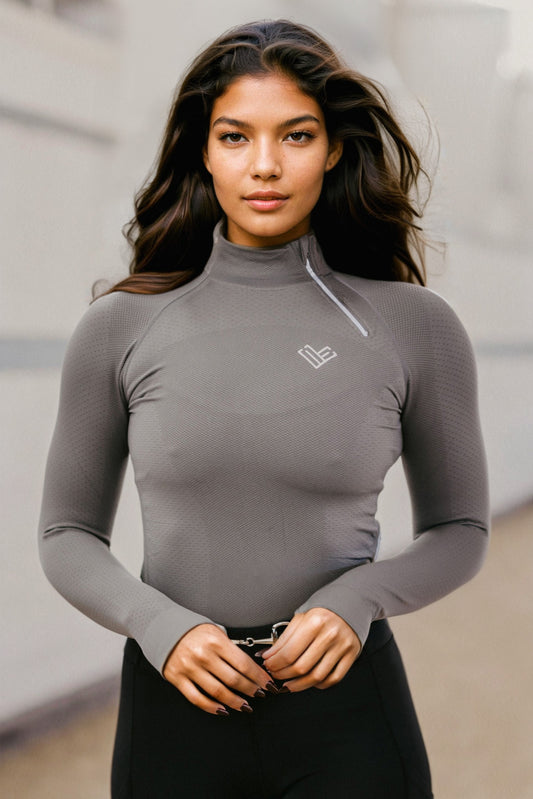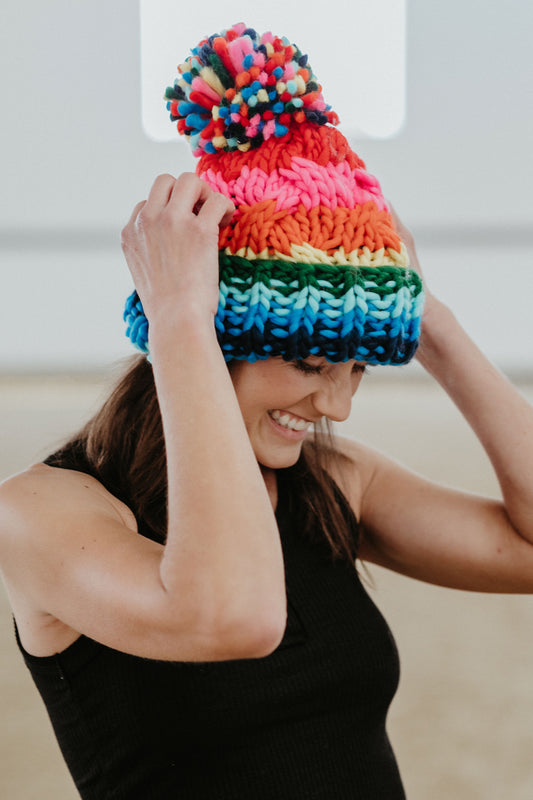The Importance of Equestrian Apparel
Equestrian sports demand not only skill and precision from the rider but also an understanding of the role that apparel plays in a performance. Whether it's a competitive event or a leisurely ride, dressing appropriately can have a significant impact on both the rider's comfort and effectiveness. Equestrian clothing isn't just about looking the part—it's a fusion of tradition, functionality, and technology designed to work with the rider and horse in perfect harmony.
Functionality and Comfort
First and foremost, equestrian apparel is structured to offer functionality and comfort. Riding breeches, for example, are constructed with a stretchable fabric to ensure ease of movement. They often come with a reinforced seat and inner leg patches to provide extra grip and to protect against chafing from the constant friction against the saddle. Moreover, shirts and jackets are tailored to allow free range of upper body motion while ensuring they don't get caught up in equipment.
Footwear is another critical aspect of a rider's attire. Proper equestrian boots are not just for show; they have a heel that prevents the foot from sliding through the stirrup, which is an essential safety feature. Additionally, the smooth sole allows for quick release from the stirrup in an emergency. Headgear, like helmets, is imperative for safety and is often required for competition. Modern helmets are light, ventilated, and provide better protection than ever before, all without compromising on style.
Performance Enhancement
While comfort and safety are paramount, equestrian apparel also offers potential performance enhancements. With the advancement of textile technologies, many garments now feature compression fabrics which can aid in muscle stabilization and reduce fatigue. This is particularly beneficial in disciplines requiring prolonged periods of intense focus and physical exertion. Compression wear can also provide a psychological edge, encouraging a sense of agility and readiness.
Gloves may appear to be a small part of the attire, but they play a significant role in maintaining control and sensitivity on the reins. High-quality equestrian gloves are designed to give the rider the right level of grip without sacrificing the ability to feel subtle movements, allowing for finer command and better communication with the horse.
Aesthetics and Tradition
The aesthetic component of equestrian apparel—though secondary to functionality—holds great significance in the sport. Not only does a well-dressed rider present a polished and professional image, but classic styles and adherence to traditional dress codes also pay homage to the rich heritage of equestrian sports. The attire can vary widely between disciplines, such as the formal top hat and tails in dressage versus the practical helmet and body protector in eventing. This distinction not only honors the history of the sport but also fosters a sense of identity and pride among riders.
Psychological Impact
Dressing well can provide a psychological boost that translates to improved performance. The concept of enclothed cognition suggests that the clothes we wear have a bearing on our psychological processes. In the context of equestrian sports, wearing professional and well-fitted attire may enhance confidence and focus. Feeling good in one's clothing can also translate into feeling prepared and capable, which is crucial in a sport that requires as much mental strength as riding.
Conclusion: A Balance of Form and Function
In conclusion, the importance of equestrian apparel cannot be overstated. It forms the basis of a rider's preparation and ultimately affects their performance in the saddle. The best equestrian attire strikes a balance between form and function, ensuring that riders are safe, comfortable, and poised for success. With each stitch and seam, these garments are designed not just to impress but to give riders the edge they need to perform at their best.
Shop Wonder Equestrian








